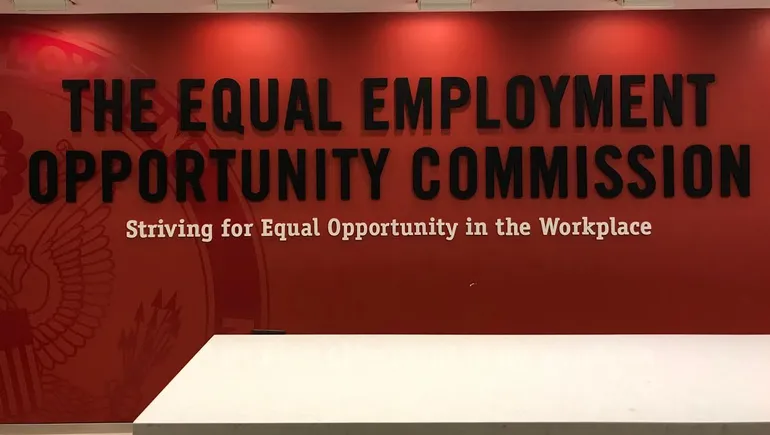Editor’s note: The Back to Basics column serves as an accessible way to understand employment law. If you’re new to HR (or just need a little refresher), follow along as the HR Dive team speaks with legal experts, peruses federal guidance and lays out the basics of employment law. Feel free to send tips, questions and feedback to [email protected].
A leave specialist for a sanitation services company receives an email from a manager at one of the company’s satellite locations. The manager writes that a worker has informed him that she is pregnant and will soon need to take time away from work.
Naturally, the specialist begins to prepare Family and Medical Leave Act paperwork for the manager and worker to complete, as an absence due to childbirth would fall under the FMLA’s qualifying reasons for leave. The employee is otherwise qualified, having worked her current job for three years and logging more than the required 1,250 work hours of service in the past year.
It’s as cut-and-dry as an FMLA request could be, the specialist thinks. Though eagle-eyed HR veterans may spot a small wrinkle: Does the employee work at a location where the company has at least 50 employees within 75 miles of the location?
Our hypothetical employer grants the employee FMLA leave regardless, effectively ignoring the law’s so-called 50/75 rule. Indeed, many employers have historically waived this requirement, Alexis Knapp, shareholder at Littler Mendelson, said in an interview with HR Dive, especially those with multiple worksites of various sizes. Such employers “didn’t like the idea, from an equity perspective, of having some employees get FMLA and others not,” Knapp added.
The approach may be a mainstream practice among U.S. employers, according to a recent report by leave management vendor Sparrow. The company found that, among a sample of employers whose leave policies it managed, 80% chose to assume that all of their employees met the 50/75 requirement.
A practical choice in a hybrid world
Despite a massive push to return to physical offices, hybrid work continues to be a key component of talent strategy for the foreseeable future, Facilities Dive reported. The rise of flexible work — and its associated compliance complexities — is yet another reason to consider waiving the FMLA’s location-based eligibility requirements, Knapp said.
“With people working all over the place, do we even want to fight that fight anymore?” Knapp said, describing the perspective of flexibility-friendly employers that ignore the rule. “There’s no question that’s easier from an administrative perspective and an employee relations perspective.”
It’s important to note, though, that the employee’s worksite is the location to be considered for FMLA purposes, Knapp continued. For an employee who works remotely either part- or full-time, that location is the office from which work is assigned or to which the employee reports — not the employee’s home, she said.
In any event, if employers decide to waive the 50/75 requirement, Knapp said she recommends that an employer’s policies not make reference to the 50/75 rule.
Why a tiny legal risk remains
There are both practical and equity-based reasons to consider assuming that all employees meet FMLA’s location requirements, Knapp said, but there is also a small risk.
Say an employee works at a location that initially does not meet the 50/75 rule but receives FMLA leave anyway. According to Knapp, it could be argued that the employer has provided “fake” FMLA leave because the employee does not actually meet the law’s requirements.
Additionally, if the employee’s worksite grows larger to the point that it would then meet the 50/75 rule, Knapp said, it could be argued that the same employee should be entitled to “real” FMLA leave — even if the “fake” leave has since been exhausted.
There are cautionary tales regarding employers who’ve mistakenly granted FMLA leave to employees who didn’t meet the law’s tenure and hours-of-service requirements. But Knapp said she isn’t aware of any instances in which an employee received FMLA despite not meeting the location-based requirements, only to take “two bites at the apple” once they did meet those requirements.
Still, it is a possibility for employers to consider, if only a marginal one, she said.
For employers that do decide to enforce the 50/75 rule, it’s important to note that doing so is not a “get out of jail free card” that allows them to avoid providing leave in all circumstances, Knapp said. Employees not covered by the FMLA may be eligible for leave under federal laws like the Americans with Disabilities Act and the Pregnant Workers Fairness Act, as well as state and local laws.






Leave a Reply